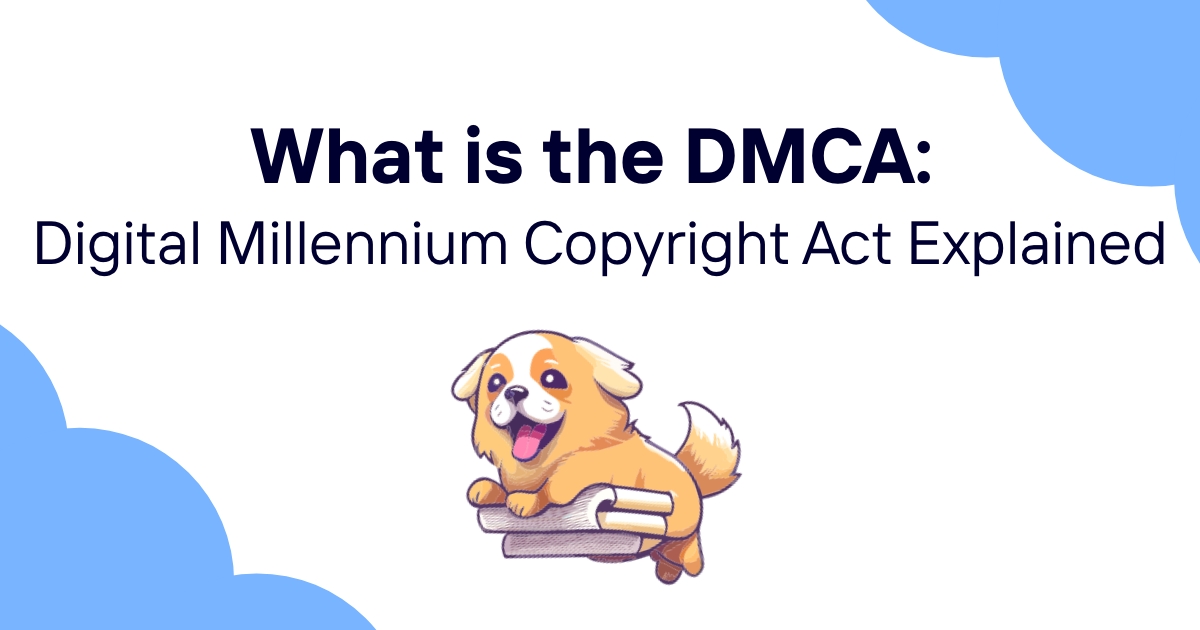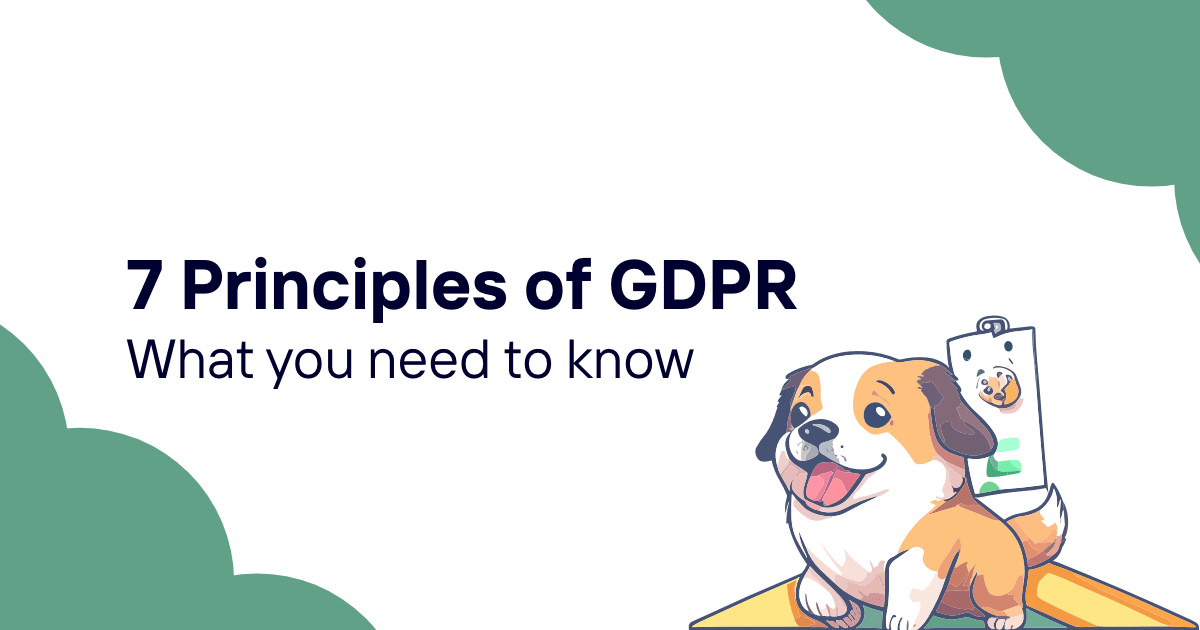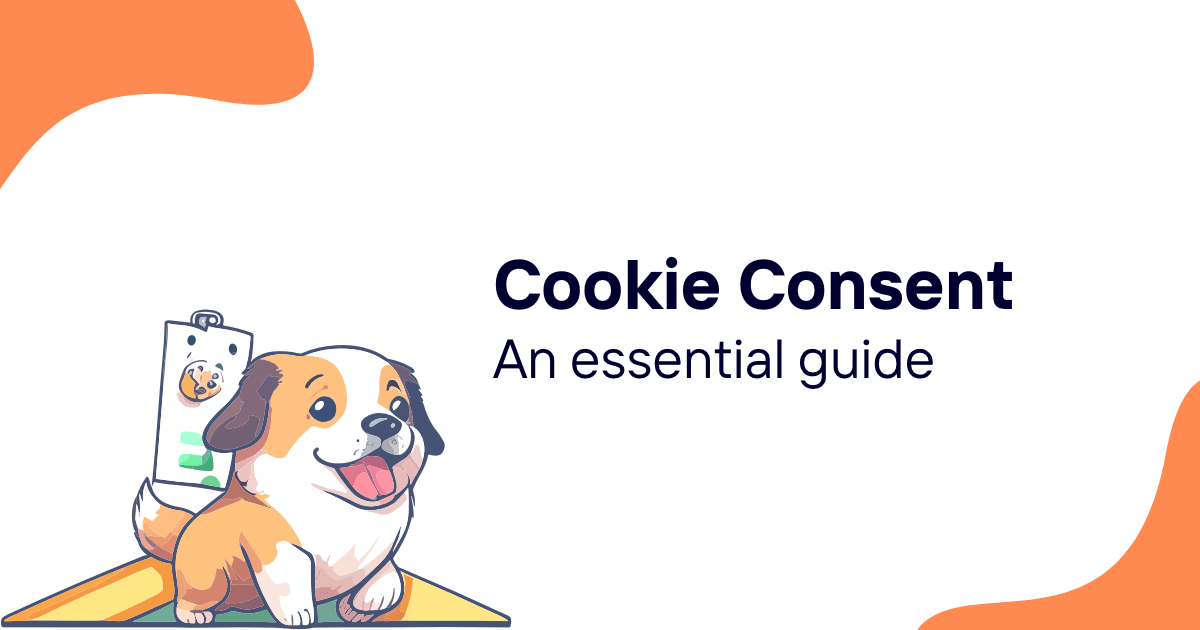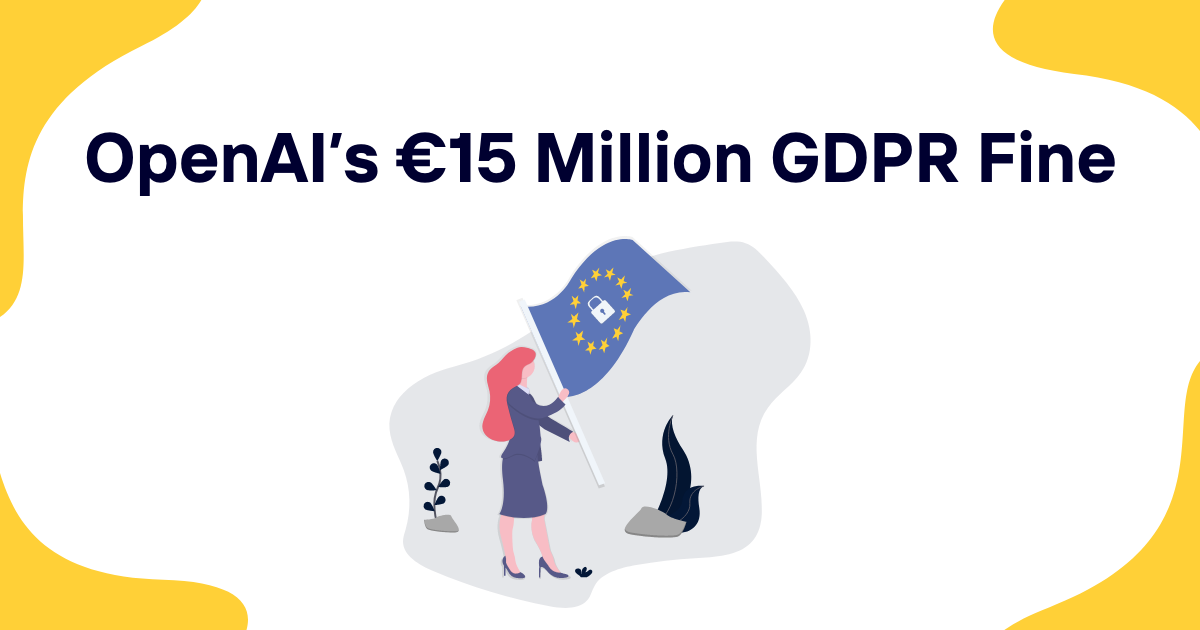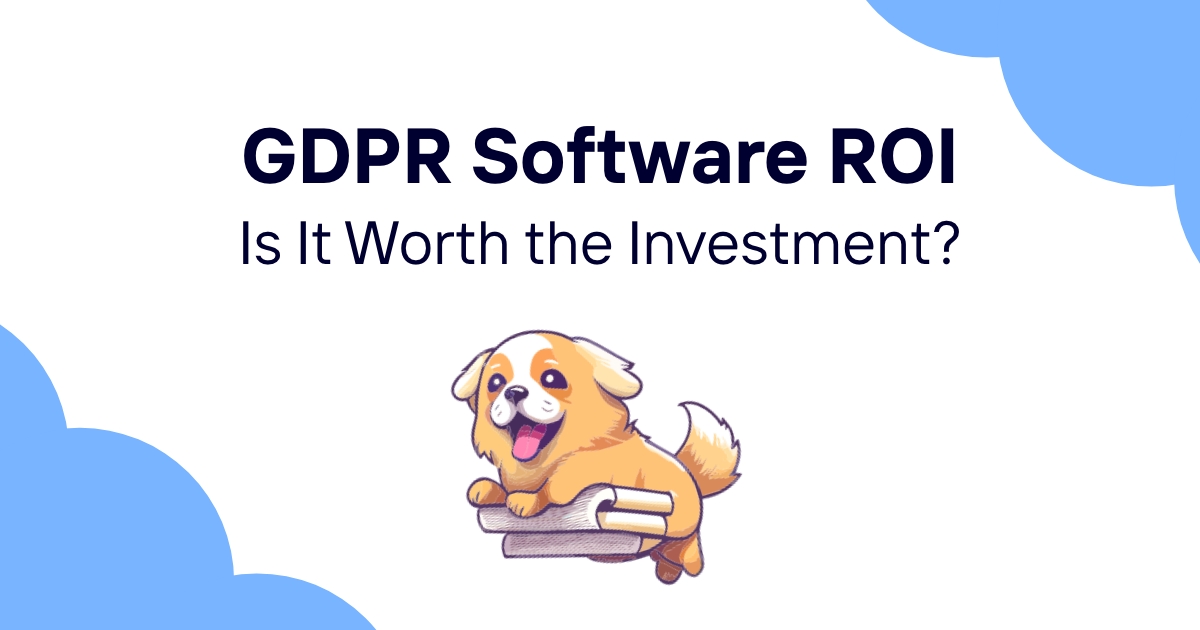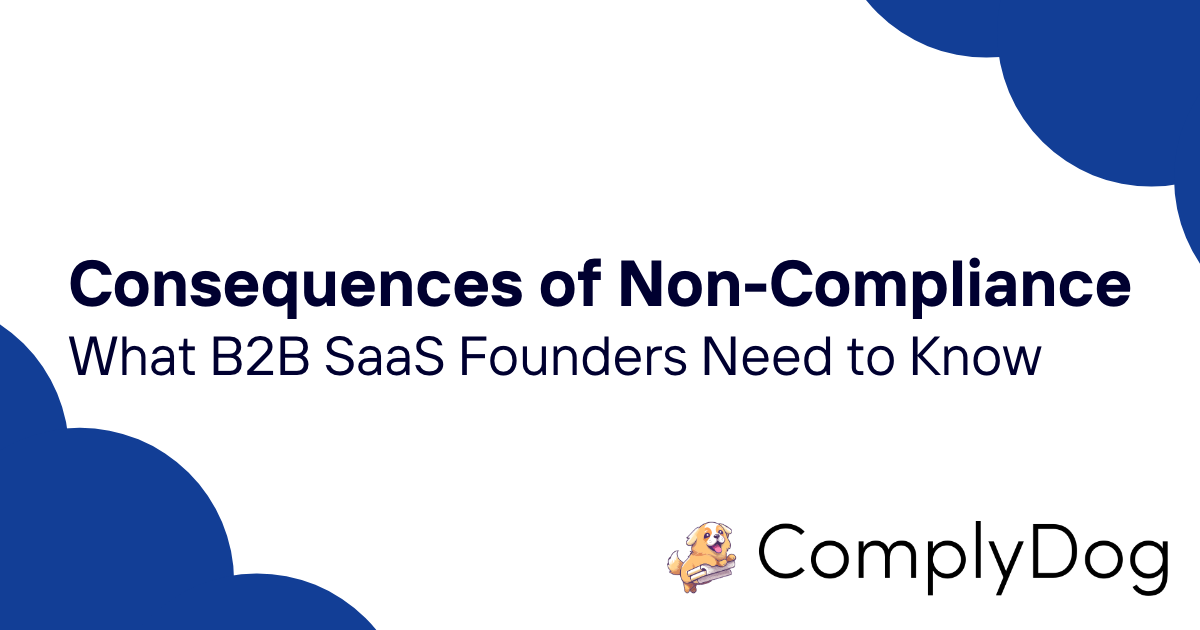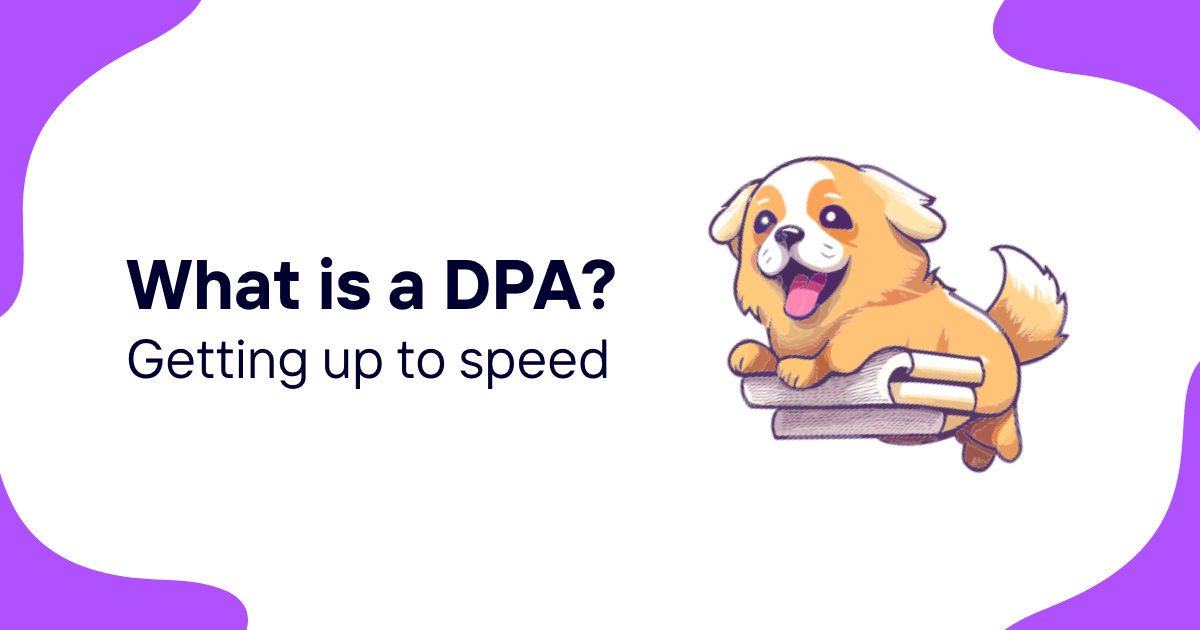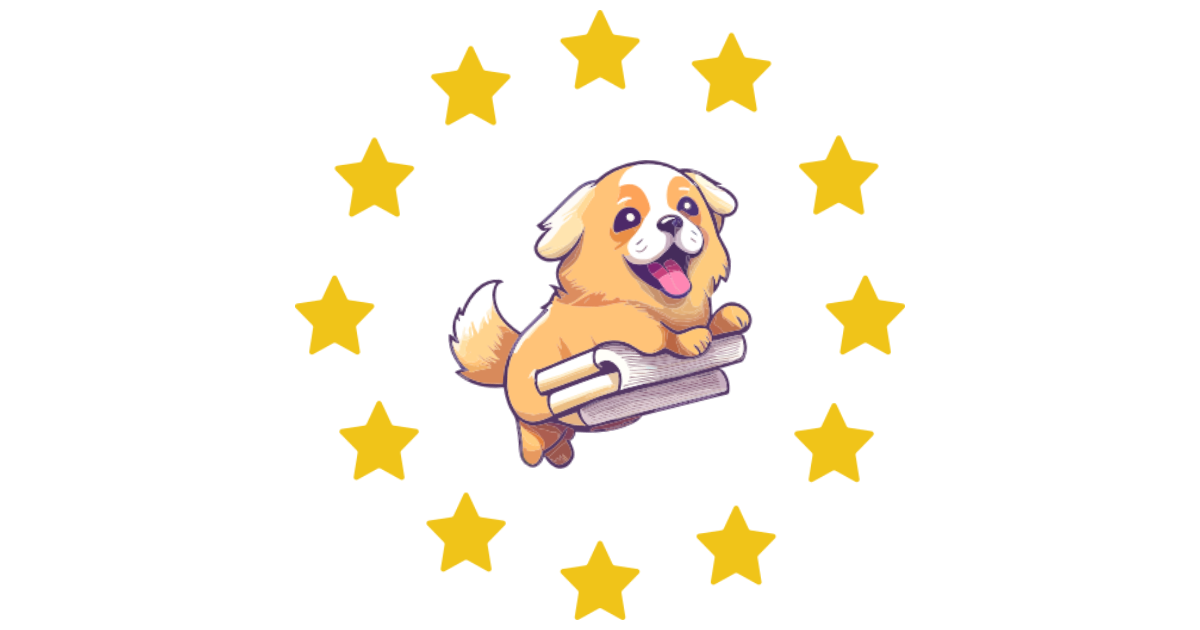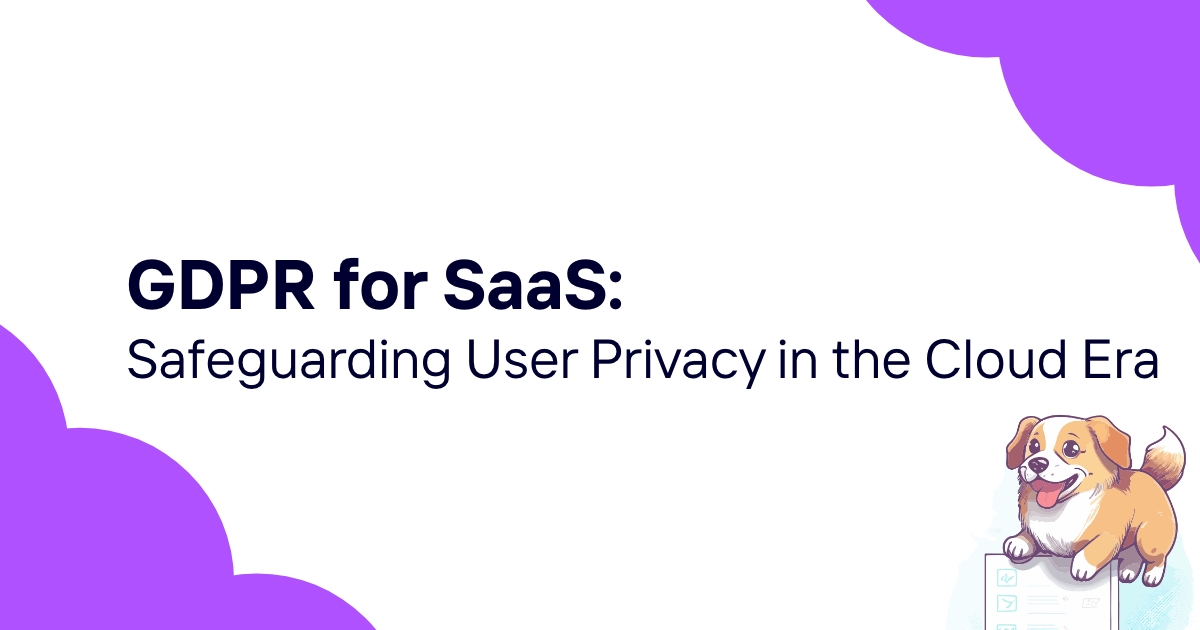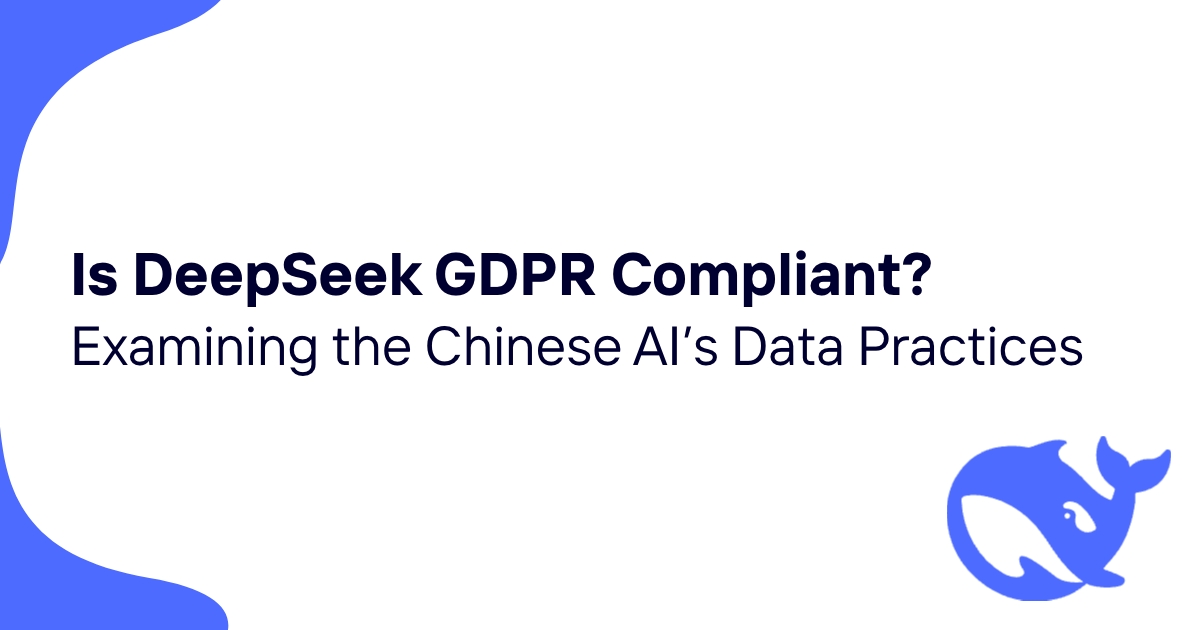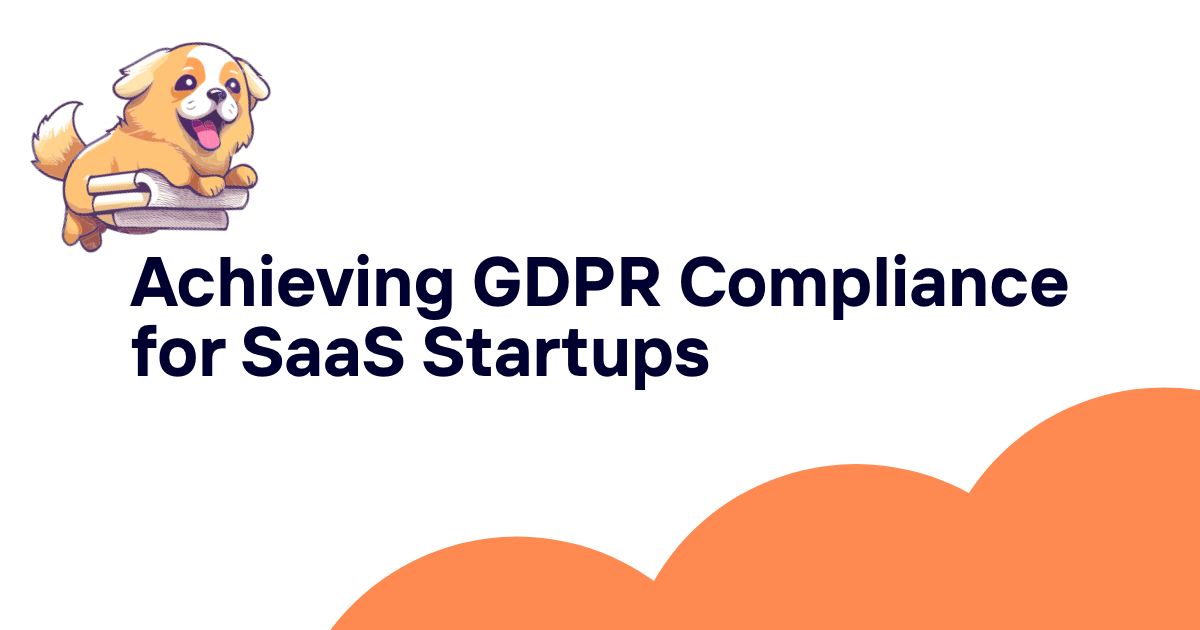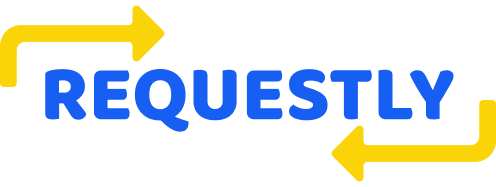The Digital Millennium Copyright Act (DMCA) stands as one of the most significant pieces of copyright legislation in the digital age. Enacted in 1998, this law fundamentally changed how copyright works in the online world and continues to shape our digital landscape today.
I've seen countless businesses struggle with understanding DMCA compliance, often discovering its importance only after receiving a takedown notice. This article explains what the DMCA is, why it matters, and how it affects both online content creators and platform owners.
Table of Contents
- What is the DMCA?
- History and Purpose of the DMCA
- Key Provisions of the DMCA
- DMCA Safe Harbor Provisions
- The DMCA Takedown Process
- Anti-Circumvention Provisions
- Criticisms and Controversies
- DMCA Compliance for Businesses
- International Aspects of the DMCA
- Recent Developments and Future Outlook
- DMCA Compliance Software Solutions
What is the DMCA?
The Digital Millennium Copyright Act (DMCA) is a United States copyright law that implements two 1996 World Intellectual Property Organization (WIPO) treaties. Signed into law by President Bill Clinton on October 28, 1998, the DMCA amended Title 17 of the United States Code to extend copyright protections while limiting the liability of online service providers for copyright infringement by their users.
At its core, the DMCA tries to balance three competing interests:
- Protecting the rights of copyright holders in the digital environment
- Providing legal certainty for online service providers
- Ensuring public access to information and creative works
Think of the DMCA as a rulebook that established the ground rules for copyright in the digital age. Before its passage, there was significant uncertainty about how traditional copyright law would apply to the rapidly expanding internet.
History and Purpose of the DMCA
The DMCA didn't emerge from a vacuum. In the mid-1990s, as the internet began its exponential growth, content creators and distributors grew increasingly concerned about digital piracy. The ease with which perfect digital copies could be made and distributed posed unprecedented challenges to copyright enforcement.
In 1996, the World Intellectual Property Organization adopted two treaties:
- The WIPO Copyright Treaty
- The WIPO Performances and Phonograms Treaty
These treaties required signatory countries to provide legal protections against the circumvention of technological measures used to protect copyrighted works. The United States implemented these requirements through the DMCA.
The law serves several key purposes:
- Updating copyright law for the digital age
- Implementing international copyright treaties
- Creating a "safe harbor" for online service providers
- Establishing anti-circumvention provisions
- Setting up a framework for copyright management information
The late 1990s represented a pivotal moment in digital history. The web was moving from a niche technology to a mainstream communication platform. Lawmakers recognized that without clear rules, copyright uncertainty could stifle digital innovation while leaving creators unprotected.
Key Provisions of the DMCA
The DMCA contains several titles, each addressing different aspects of copyright in the digital environment:
Title I: WIPO Copyright and Performances and Phonograms Treaties Implementation Act This section implements the WIPO treaties by prohibiting the circumvention of technological measures that control access to copyrighted works and the manufacture or distribution of technologies designed for such circumvention.
Title II: Online Copyright Infringement Liability Limitation Act Often called the "safe harbor" provisions, this section limits the liability of online service providers for copyright infringement occurring on their platforms, provided they meet certain conditions.
Title III: Computer Maintenance Competition Assurance Act This section creates an exemption for making a copy of a computer program for maintenance or repair purposes.
Title IV: Miscellaneous Provisions These provisions include clarifications about the functions of the Copyright Office and distance education.
Title V: Vessel Hull Design Protection Act This section created a new form of protection for boat hull designs.
The most frequently discussed and impactful sections are Titles I and II, which respectively address anti-circumvention measures and safe harbor provisions for online service providers.
DMCA Safe Harbor Provisions
The safe harbor provisions represent perhaps the most significant aspect of the DMCA for online platforms. These provisions protect service providers from monetary liability for the infringing activities of their users if they meet certain conditions.
The law defines four categories of service providers eligible for safe harbor protection:
-
Transitory Digital Network Communications Services that transmit, route, or provide connections for material through their systems.
-
System Caching Services that temporarily store material in the course of transmission.
-
Information Residing on Systems at Direction of Users Services that store material at the direction of users (like social media platforms, video sharing sites, and cloud storage services).
-
Information Location Tools Services that link or refer users to infringing material (like search engines).
To qualify for safe harbor protection, service providers must:
- Adopt and reasonably implement a policy for terminating repeat infringers
- Accommodate standard technical measures used by copyright holders
- Designate an agent to receive copyright complaints
- Act expeditiously to remove or disable access to allegedly infringing material upon proper notification
This table summarizes the key requirements for each safe harbor category:
| Safe Harbor Category | Primary Requirement | Example |
|---|---|---|
| Transitory Communications | Service provider must act as a passive conduit | ISPs, telecom companies |
| System Caching | Material must be cached temporarily as part of transmission | CDNs, proxy servers |
| Information Storage | Must remove content upon proper notification | Social media platforms, cloud storage |
| Information Location | Must remove links upon proper notification | Search engines, directories |
Without these safe harbor provisions, online services would face potentially crippling liability for user-generated content. The modern internet as we know it—with its social media platforms, video sharing sites, and user content—likely wouldn't exist without these protections.
The DMCA Takedown Process
The DMCA takedown process is the mechanism by which copyright holders can request the removal of infringing content from websites and online platforms. This process follows a specific notification and counter-notification procedure.
Notification Process
For a copyright holder to initiate a takedown, they must send a written notification to the service provider's designated agent. This notification must include:
- Identification of the copyrighted work claimed to be infringed
- Identification of the allegedly infringing material
- Information sufficient for the service provider to locate the material
- Contact information for the complaining party
- A statement of good faith belief that the use is not authorized
- A statement, under penalty of perjury, that the information is accurate and that the complaining party is authorized to act on behalf of the copyright holder
Upon receiving a compliant notice, the service provider must "expeditiously" remove or disable access to the allegedly infringing material to maintain safe harbor protection.
Counter-Notification Process
The DMCA also provides a process for users whose content has been removed to contest the takedown. The counter-notification must include:
- Identification of the removed material
- A statement under penalty of perjury that the user has a good-faith belief the material was removed by mistake or misidentification
- The user's name, address, and telephone number
- Consent to the jurisdiction of the federal district court
After receiving a valid counter-notification, the service provider must inform the copyright holder and restore the material within 10-14 business days unless the copyright holder files a lawsuit.
This process has been criticized for creating a "remove first, ask questions later" approach that can sometimes lead to the removal of non-infringing content. But it does provide a relatively streamlined process for addressing copyright disputes without immediate court involvement.
Anti-Circumvention Provisions
The anti-circumvention provisions of the DMCA prohibit circumventing technological measures that control access to copyrighted works. These provisions also ban manufacturing, importing, offering to the public, or trafficking in technologies primarily designed to circumvent such measures.
There are three main prohibitions:
- Circumventing technological measures that control access to copyrighted works
- Manufacturing or trafficking in technologies primarily designed to circumvent access controls
- Manufacturing or trafficking in technologies primarily designed to circumvent copy controls
The law includes several exceptions to these prohibitions for:
- Law enforcement and intelligence activities
- Nonprofit libraries, archives, and educational institutions (under certain conditions)
- Reverse engineering for interoperability
- Encryption research
- Protection of minors
- Privacy protection
- Security testing
Every three years, the Librarian of Congress, upon recommendation from the Copyright Office, issues exemptions to the anti-circumvention provisions for specific classes of works. These exemptions have included activities like:
- Unlocking mobile phones to change service providers
- Jailbreaking smartphones for app interoperability
- Using assistive technologies for e-books
- Preserving abandoned video games
- Security research on consumer devices
The anti-circumvention provisions remain controversial. Critics argue they can prevent legitimate uses of copyrighted works and hinder security research, while supporters maintain they're necessary to protect digital content from piracy.
Criticisms and Controversies
The DMCA has been a lightning rod for controversy since its inception. Critics and proponents continue to debate its merits and drawbacks.
Criticism of Takedown Procedures
One frequent criticism involves the takedown process, which some argue favors copyright holders over content creators:
- The "remove first, ask questions later" approach can lead to legitimate content being taken down
- The process can be abused to silence criticism or competition
- Small creators often lack resources to fight improper takedowns
- Automated takedown systems can result in overly broad removals
Criticism of Anti-Circumvention Provisions
The anti-circumvention provisions have also faced strong criticism:
- They potentially criminalize legitimate activities like security research
- They can prevent fair use of copyrighted works
- They extend copyright control beyond traditional boundaries
- They may impede innovation and interoperability
Free Speech Concerns
Some legal scholars and digital rights advocates have raised concerns about the DMCA's impact on free speech:
- Takedowns can occur prior to any judicial determination of infringement
- The process can be misused to silence critics or remove unflattering content
- The burden of proof effectively shifts to the content creator in many cases
Despite these criticisms, the DMCA has also been credited with:
- Providing legal certainty that helped enable the growth of user-generated content platforms
- Creating a framework that allows copyright holders to protect their works online
- Establishing a relatively efficient system for handling copyright disputes
The ongoing debate reflects the challenge of balancing copyright protection with other important values like innovation, free expression, and competition in the digital environment.
DMCA Compliance for Businesses
For businesses operating online, DMCA compliance is not optional—it's essential for legal protection. Here's what businesses need to know:
Requirements for Service Providers
To qualify for safe harbor protection, online service providers must:
- Register a DMCA agent with the U.S. Copyright Office
- Implement a repeat infringer policy that provides for termination of users who repeatedly infringe copyright
- Respond expeditiously to takedown notices
- Publicly display DMCA information on their website, including contact information for the designated agent
Practical Steps for Compliance
Businesses should take these practical steps to ensure DMCA compliance:
- Agent Registration: Register a designated agent with the Copyright Office through the online system
- Policy Development: Develop and publish clear copyright and DMCA policies
- Staff Training: Train relevant staff on handling DMCA notices
- Documentation: Keep records of all notices received and actions taken
- Technical Implementation: Ensure systems are in place to quickly remove infringing content when necessary
Common Compliance Mistakes
Businesses frequently make these mistakes that can jeopardize their safe harbor protection:
- Failing to renew their DMCA agent registration (required every three years)
- Not having a clear repeat infringer policy
- Responding too slowly to takedown notices
- Ignoring the counter-notification process
- Not maintaining adequate records
DMCA compliance should be viewed as an ongoing process rather than a one-time effort. Regular reviews of policies and procedures are essential, especially as both the business and the legal landscape evolve.
International Aspects of the DMCA
While the DMCA is a U.S. law, its reach extends globally due to the international nature of the internet and through similar laws in other countries.
Global Influence of the DMCA
The DMCA has influenced copyright legislation worldwide:
- Many countries have adopted similar notice-and-takedown systems
- The anti-circumvention provisions were implemented in response to WIPO treaties that many countries have signed
- U.S. trade agreements often require trading partners to adopt DMCA-like provisions
Differences in International Approaches
Despite this influence, countries vary in their approaches to digital copyright:
- The European Union's approach emphasizes intermediary liability in some cases
- Some countries require judicial review before content removal
- Notice-and-notice systems (rather than notice-and-takedown) are used in countries like Canada
- Enforcement mechanisms and penalties vary significantly across jurisdictions
Compliance Across Borders
For businesses operating internationally, navigating varying copyright regimes presents challenges:
- Content that's legal in one country may be infringing in another
- Different jurisdictions may have conflicting requirements
- International enforcement of copyright can be complex
This international patchwork of copyright laws creates compliance challenges for global platforms and content creators alike. For many businesses, the practical approach is to comply with the most stringent applicable requirements, which often means following DMCA-style procedures even when operating in jurisdictions with less demanding laws.
Recent Developments and Future Outlook
The digital landscape has changed dramatically since the DMCA's passage in 1998. Recent developments and ongoing debates suggest several possible directions for the future of digital copyright law.
Recent Legal Developments
Several court cases have shaped interpretation of the DMCA:
- Lenz v. Universal Music Corp. established that copyright holders must consider fair use before issuing takedown notices
- BMG Rights Management v. Cox Communications clarified that safe harbor protection requires meaningful implementation of repeat infringer policies
- VHT v. Zillow addressed the scope of service provider liability for user-uploaded images
Legislative Reform Efforts
There have been multiple attempts to reform or update the DMCA:
- The Copyright Office has conducted studies on Section 512's effectiveness
- Various legislative proposals have aimed to address perceived imbalances
- Stakeholders from across the spectrum have advocated for changes to better reflect the current digital ecosystem
Emerging Challenges
New technologies continue to present challenges for the DMCA framework:
- Artificial intelligence and machine learning raise questions about copyright in AI-generated works
- Blockchain and non-fungible tokens (NFTs) create new ways to claim and transfer digital ownership
- The rise of live streaming presents challenges for timely copyright enforcement
- Cross-border enforcement remains difficult in an increasingly global digital marketplace
The DMCA has shown remarkable resilience over more than two decades, continuing to provide the basic framework for online copyright despite dramatic technological change. While reform efforts continue, any major changes will need to balance the same competing interests that shaped the original legislation.
DMCA Compliance Software Solutions
Managing DMCA compliance manually can be challenging, especially as a business scales. Compliance software solutions offer automated tools to streamline the process and reduce risk.
Benefits of Compliance Software
Modern compliance software helps businesses with:
- Automated tracking of DMCA notices and responses
- Maintenance of required documentation
- Management of the counter-notification process
- Integration with content management systems for quick content removal
- Monitoring for repeat infringers
Key Features to Look For
When evaluating compliance software, businesses should look for:
- User-friendly dashboard for managing notices
- Automatic generation of response templates
- Secure storage of all DMCA-related communications
- Integration capabilities with existing systems
- Regular updates to reflect legal changes
- Analytics to identify patterns and potential issues
How ComplyDog Helps with DMCA Compliance
Software like ComplyDog provides comprehensive compliance solutions that go beyond basic DMCA requirements to help businesses manage their overall compliance posture.
ComplyDog helps businesses:
- Register and maintain their DMCA agent information
- Develop and implement required policies
- Track and respond to takedown notices efficiently
- Manage the counter-notification process
- Maintain comprehensive records for safe harbor protection
- Train team members on DMCA compliance
The right compliance software doesn't just help with current requirements—it adapts as regulations change, providing businesses with ongoing protection against compliance gaps that could lead to legal liability.
Conclusion
The Digital Millennium Copyright Act fundamentally reshaped how copyright works in the digital environment. While far from perfect, it created a framework that has enabled both content protection and the growth of online platforms over more than two decades.
For businesses operating online, DMCA compliance remains essential for legal protection. Understanding the law's requirements—from agent registration to takedown procedures—is fundamental to maintaining safe harbor protection.
As technology continues to evolve, the conversation around digital copyright will continue as well. Businesses should stay informed about developments in this area and ensure their compliance approaches adapt accordingly.
Implementing a comprehensive compliance solution like ComplyDog can help businesses navigate the complexities of DMCA compliance while reducing legal risk. By automating key aspects of the compliance process, such software allows businesses to focus on their core activities while maintaining the protections they need in an increasingly complex digital environment.
